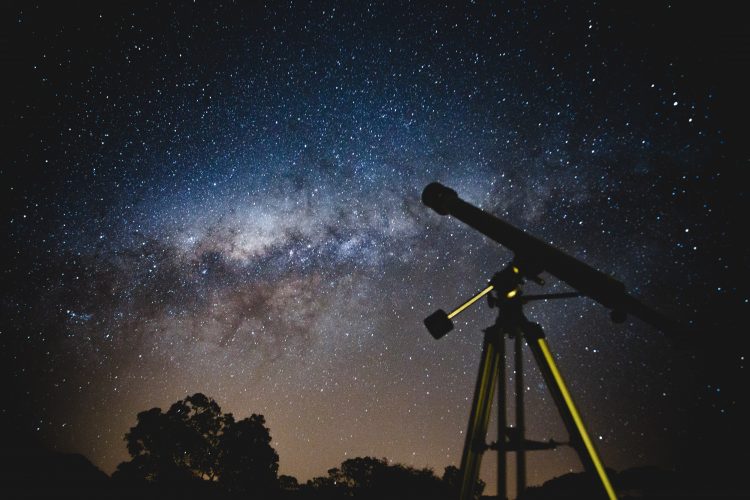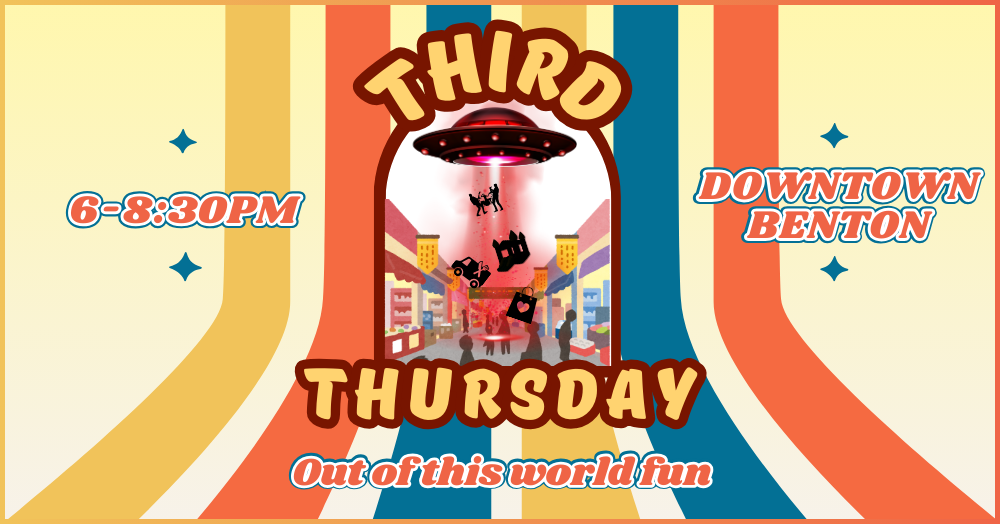
Anna Colby is a senior at Benton High School. See a list of all her columns at www.mysaline.com/anna.
It’s the most wonderful time of the year–even for astronomical events! December features some of the longest nights of the year, giving us plenty of opportunity to admire the moon or glimpse a shooting star–if we can brave the freezing cold weather, that is.
If you do decide to brave the weather, bundle up in blankets and arm yourself with hot cocoa! Cold air holds less moisture than summer air, meaning the nights will be very clear and in most cases, objects can be viewed with a naked eye!
December 13, 14 – Geminids Meteor Shower
The Geminid meteor shower will likely be the very best of the year, producing up to 120 multicolored meteors every hour at its peak. It will peak Sunday night into Monday morning, during a new moon. This makes for dark skies and an impressive show! Meteors will radiate from the constellation Gemini, but will be visible across the sky, weather permitting!
December 21 – Great Conjunction of Jupiter and Saturn
On December 21, Jupiter and Saturn will appear closer to each other than they have been for nearly 4 centuries, forming a “double planet.” This means you can view both planets in the same field of view from a telescope! It is possible that with a naked eye view, their meeting will produce the illusion of a single star. The conjunction can be viewed quickly in the southwest sky, since both planets will set shortly after sunset.
December 21 – December Solstice
The December solstice will occur at 4:02 AM on Monday, December 21st! The South Pole of the earth will be tilted toward the Sun, marking the first day of winter (winter solstice) for us in the Northern Hemisphere and the first day of summer (summer solstice) in the Southern Hemisphere.
December 21, 22 – Ursids Meteor Shower
The Ursids produce about 5-10 “shooting stars” every hour. Meteors will seem to radiate from the constellation Ursa Minor, the Little Dipper, in the northern sky. This shower will peak on the morning of Dec. 22. The best viewing time is after midnight and as close as possible to sunrise. Like the Gemenids, you don’t need any special equipment to view the Ursids! Find a secluded viewing spot away from the city lights if possible–the Ursids are faint.
December 29 – Full Moon
The night of December 29th will feature a full moon, known as the Full Cold Moon.
While these are the “main events” of the month so to speak, constellations Orion, Gemini, Cassiopeia, and Perseus (to name a few!) will be visible every night this month. The Central Arkansas Astronomical Society has some great resources to aid you in exploring the night sky, and Sky & Telescope’s interactive star chart is a personal favorite of mine.
Anna Colby is a high school senior. She enjoys consuming ungodly amounts of green tea and banging her head on her desk until a new idea pops into her mind and she can write once again. She also enjoys petting her dog. See a list of all her columns at www.mysaline.com/anna.





